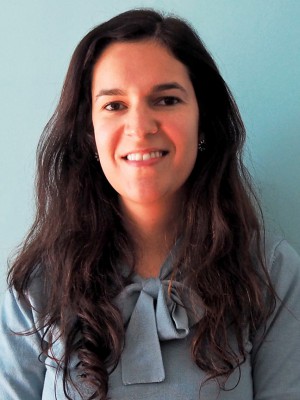resumo
A major source of financial loss for the fish-farming industry is the occurrence of bacterial infections. Phage therapy can be a useful alternative tool to conventional treatments to control bacterial infections in aquaculture. The promising results obtained with phage AS-A to control the agent of furunculosis, Aeromonas salmonicida, led us to isolate two new phages and evaluate their dynamics, in cocktails and individually, to control this pathogenic bacterium. Moreover, considering that in outdoor facilities aquaculture water is exposed to the natural variability of physical and chemical parameters, the influence of pH, salinity, temperature, solar radiation and UV radiation on phage AS-D stability was also evaluated in this study, in order to develop an effective phage therapy protocol. Phages were assigned to the family Myoviridae and revealed identical morphological characteristics. Phage AS-A presents a higher burst size and a shorter latent period, decreasing the concentration of A. salmonicida sooner than phages AS-D and AS-E. However, phage AS-D presented higher rate of bacterial reduction, inducing also less bacterial resistance. Bacterial control with the cocktails was higher, namely when phage AS-A was combined with one of the two new phages or with both, but the main difference in the bacterial control was in the treatment time. Phage cocktails decrease the concentration of A. salmonicida sooner than single suspensions. The use of phage cocktails, in general, decreased phage-resistant mutants. The survival of ASD phage was mostly affected by sunlight exposure (decrease of 3 log PFU/mL after 12 h) and high temperatures (decrease of 3 PFU/mL after 21 days and of 7 log PFU/mL after 49 days at 37 degrees C, but no decrease after 21 and 49 days at 25 degrees C and decrease of only 1 and 2 log PFU/mL after 21 and 49 days, respectively, at ambient temperature). The high bacterial control and low development of phage-resistant bacterial clones suggest that these phages can be used to control the furunculosis in aquaculture. Nonetheless, the stability of the phages was affected by solar radiation, this can be overcome by the application of phages at the end of the day or at night.
palavras-chave
SALMO-SALAR L.; ESCHERICHIA-COLI; ATLANTIC SALMON; PSEUDOMONAS-PLECOGLOSSICIDA; BACTERIOPHAGE THERAPY; SUBSP SALMONICIDA; VIBRIO-HARVEYI; RAINBOW-TROUT; FISH PATHOGEN; RESISTANCE
categoria
Fisheries; Marine & Freshwater Biology
autores
Duarte, J; Pereira, C; Moreirinha, C; Salvio, R; Lopes, A; Wang, DP; Almeida, A
nossos autores
agradecimentos
This work was supported by FEDER through COMPETE - Programa Operacional Factores de Competitividade, and by National funding through Fundacao para a Ciencia e Tecnologia (FCT), within the research project FCOMP-01-0124-FEDER-013934, by FCT and Ministry of Science and Technology of China of the People's Republic of China (MOST) within the Sino-Portuguese Programme for Cooperation in Science & Technology 2016-2018 "Phage therapy: an innovative technology to inactivate pathogenic bacteria in European seabass (Dicentrarchus labrax) (FishPhage)", by National Key Research and Development Program of China (2016YFE0132000), by European Commission by the LIFE13 ENV/ES/001048 "LIFE ENVIPHAGE - Environmental impacts on bacterial ecology of bacteriophage use in aquaculture" and by Centre for Environmental and Marine Studies (project Pest-C/MAR/LA0017/2013). Thanks are also to Department of Biology of University of Aveiro. Financial supports to Moreirinha C. in form of a Postdoctoral grant (ENV/ES/001048).


